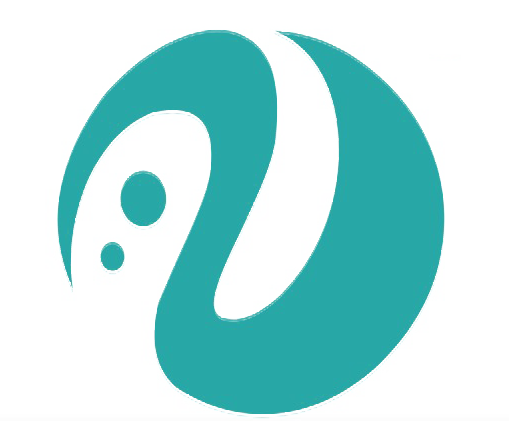What to Look for When Choosing the Best Double-Sided Tape
Double-sided tape is a versatile, economical alternative to glue. It has pressure-sensitive adhesive exposed on both sides of the tape which allows two items to be bonded together. The adhesive lies on top of a carrier material, which can range from film as thin as a fraction of a millimeter up to a thick foam several millimeters thick.
Unlike single-side tape, double-sided tape creates an invisible bond between two objects. Moreover, there’s little time required for the bond to form—you just peel and stick. The tape is often used to hang signs or temporary displays, attach foam to wall panels or flooring underlayment to floors, secure and hold carpets in place for major events or trade shows, and much more. The type of double-sided tape you need depends on the application.
When shopping for double-sided tape, you’ll want to consider the tape type, adhesive level, thickness, width, application setting, and other factors. Below are some common characteristics to take into account when picking the right double-sided tape for your project.
Type
There are several types of double-sided tape with various carrier materials, each serving a specific purpose. Double-sided tape types fall into one of the below categories:
Tissue tape is the most common type used for light bonding tasks. It’s mostly used for stationery, art, crafting projects, office, and general applications. Double-sided tissue tape is easy to tear, and is thin enough that it can adhere to irregular surfaces. It’s also inexpensive and a good alternative to glue.
Acrylic tape is primarily used in industrial environments. It’s stronger than tissue tape and is weather-resistant, making it ideal for both indoor and outdoor use. Acrylic double-sided tape should only be used when permanent bonding is needed.
Polyethylene tape, also known as foam double-sided tape, provides thick cushioning and insulation. Double-sided polyethylene tape is well-suited for uneven surfaces.
Floor tape is used on floor surfaces, like carpet, to hold items like area rugs or runners in place. They have medium adhesion, which allows for removal without residue.
Double-sided tape has either acrylic or rubber adhesives. Acrylic adhesives are stronger but more expensive and rubber adhesives are generally cheaper but less suited for long-term applications. Acrylic adhesive is also more heat- and light-resistant than rubber.
Thickness and Width
Double-sided tape has either thick or thin bonding systems. Tapes with thick bonding systems adhere well to unusual, non-uniform, or highly patterned and textured surfaces. This type of tape usually has a foam carrier layer. Thin bonding systems are significantly thinner. Sometimes the carrier layer is so thin that they are pretty much an adhesive on top of a silicone liner. These tapes are best suited for light adhesion applications.
Width varies quite a bit with double-sided tape. Rolls are available in widths less than 1/4-inch to several inches wide. Each type of tape will have several width options to suit your project.

